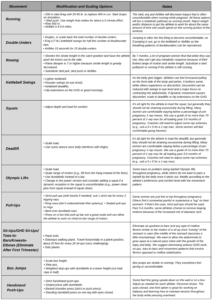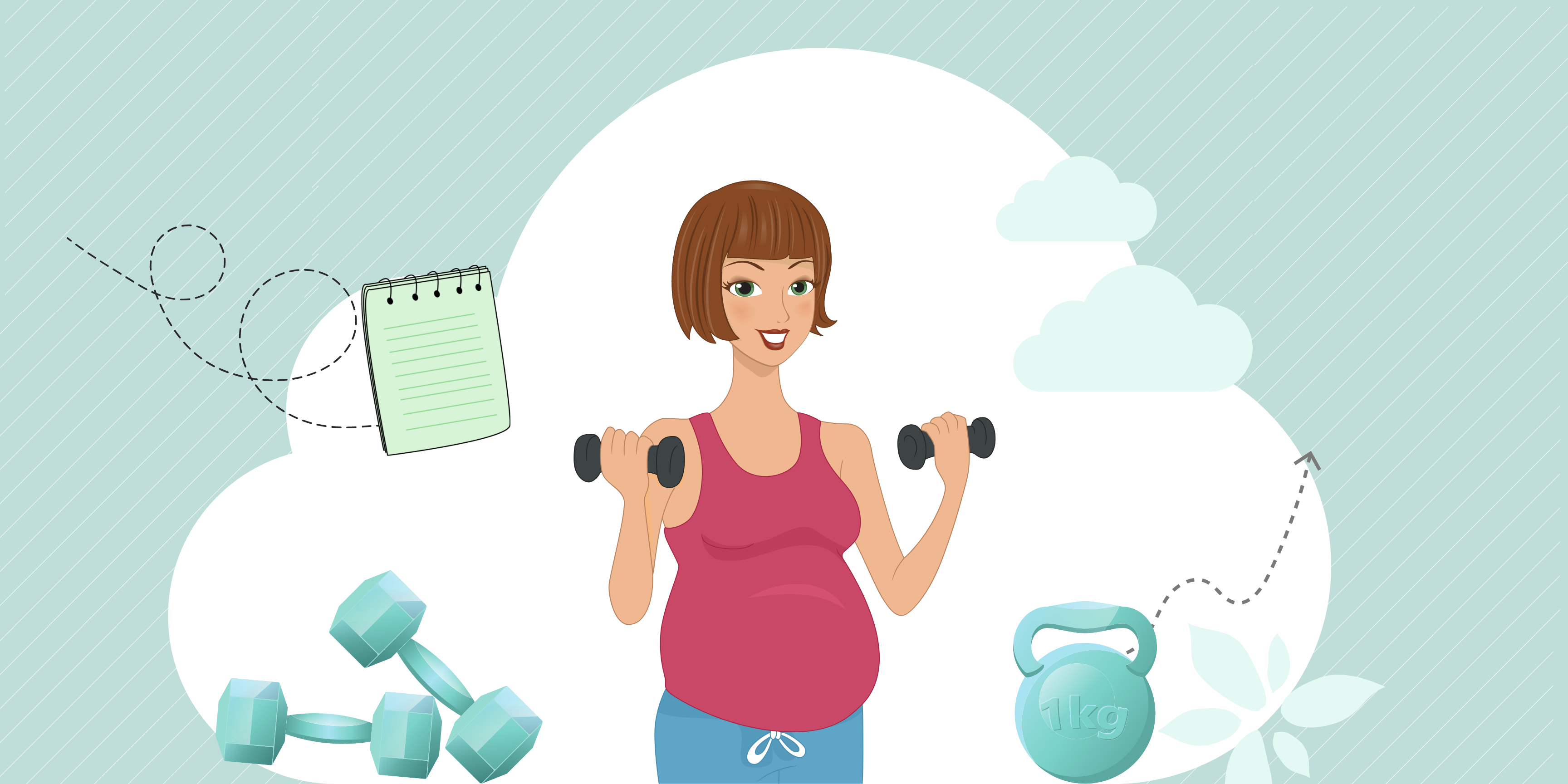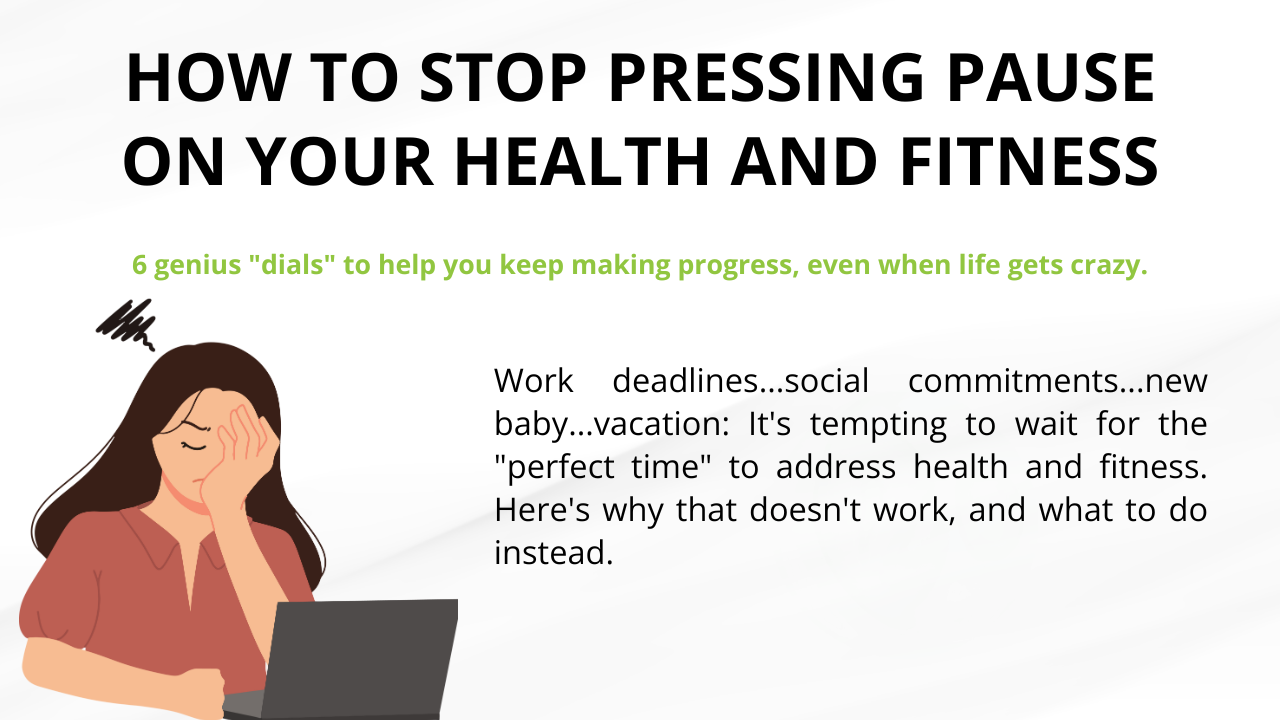About the Author: Nicole Christensen is the owner of CrossFit Roots in Boulder, Colorado, and a Flowmaster for CrossFit Inc.’s Seminar Staff, leading both the CrossFit Level 1 and Level 2 certificate courses. She is the mother of two girls aged 3 and 1.
CrossFit has the proven ability to deliver world-class fitness to all—including women who are pregnant.
As coaches, it is our responsibility to bring the workout to life for every athlete who comes to our classes, and this is done by scaling the workout.
CrossFit has provided a number of great resources on the art and science of scaling.
To quote Jeremy Gordon, “CrossFit workouts are scaled to preserve the intended stimuli despite athlete limitations such as experience, injury, illness or range of motion. A properly scaled workout safely maximizes relative intensity (load, speed, range of motion) to continue developing increased work capacity despite limitations.”
The same general guidelines apply when scaling workouts for pregnant women, with a number of added considerations:
- The overall health and safety of the mother and child.
- Physiological changes that impede some CrossFit movement patterns.
- Hormonal changes that affect muscles, tendons and joints.
- Changes by trimester.
- Careful application of relative intensity.
- Preserving the intended stimulus of movement patterns but not necessarily the metabolic output (intensity).
The purpose of this article is not to defend a woman’s right to CrossFit through pregnancy, nor to debate the safety of doing so. The purpose is only to share with the CrossFit community a template for scaling CrossFit movements for pregnant women.
This template was initially created in 2009, the first year we trained a pregnant woman at my affiliate, CrossFit Roots. Every pregnancy is different, and so the sheet continued to grow with various modifications that addressed expressed limitations such as “running feels uncomfortable” and “I don’t want to snatch around my belly,” among others.
The template took a big leap forward in 2013, when I became pregnant for the first time and my imagination let loose on all the ways I could scale movements to preserve the stimulus while growing a healthy baby and having fun doing it. At present, CrossFit Roots has trained over 30 women through pregnancy, and I’ve used this sheet through two pregnancies that yielded, in my opinion, two darling and daring little girls.
Of particular note, diastasis recti is a common concern. Simply put, it is a gap between the left and right side of the abdominals in pregnant or postpartum women. Most women experience some degree of abdominal separation during pregnancy as connective tissue stretches and thins to allow the uterus to expand and the baby to grow.
It is our belief that kipping contributes to greater potential for diastasis recti after childbirth because the movement can force muscle fibers beyond their current length. Many educators use the analogy of a rubber band: It can be stretched, but if stretched beyond its capacity, it loses its elasticity and will no longer retract to its original length. The result is small abdominal “pooch.”
At CrossFit Roots, we have recommended that all women stop kipping movement patterns at three to four months. Although we only have anecdotal evidence, this practice has worked for our pregnant women. Similarly, you’ll note we substitute a lot of plank work for movements such as sit-ups and toes-to-bars. An isometric contraction doesn’t promote abdominal separation and can build the midline stabilization needed to support a baby.
Scaling Is Scaling
Over the years, countless women have contacted me to inquire how they should train while pregnant. They often explain that their coaches can’t guide them because they’ve never been pregnant and don’t know how to scale for pregnancy. I’ve never broken a foot, had shoulder surgery, recovered from cancer, lost a lung in an accident, had a vasectomy, herniated a disc or cracked a rib, but I’ve coached people who have. You don’t have to experience pregnancy to scale for it; you just have to apply sound CrossFit principles:
Work within pain-free range of motion to preserve the intended stimulus and movement patterns whenever you can.

I hope this template can be a resource to affiliates, trainers and CrossFitting women.
Reference link:
https://journal.crossfit.com/article/cfj-pregnancy-a-practical-guide-for-scaling





